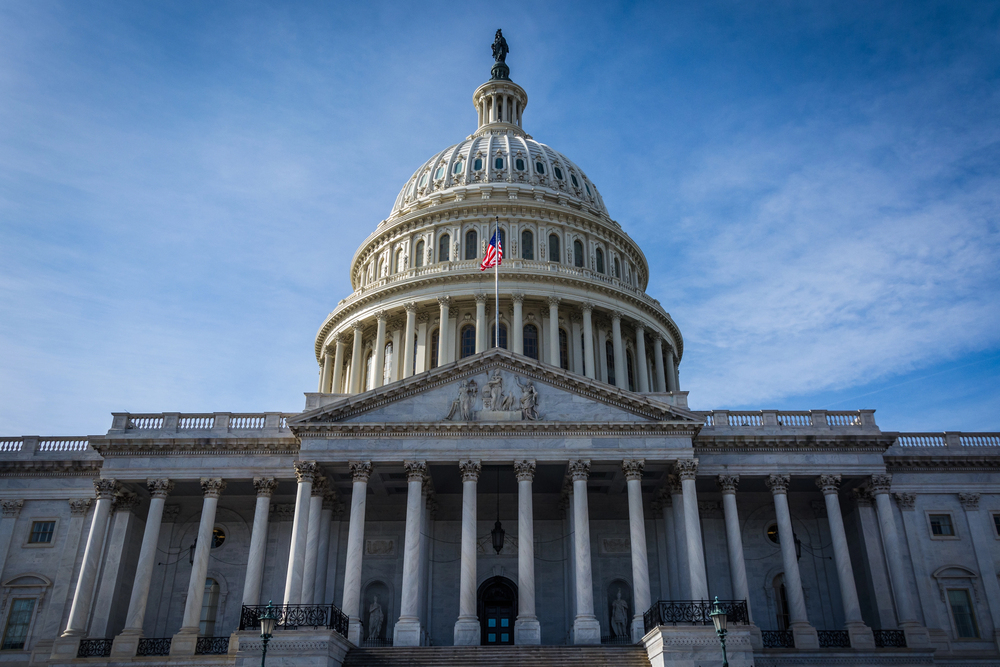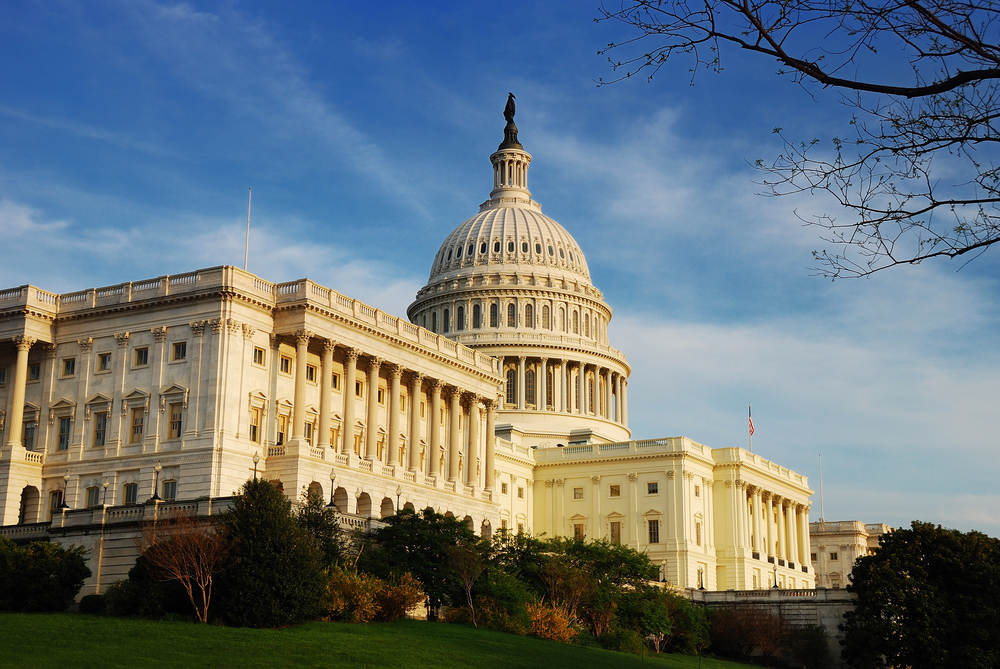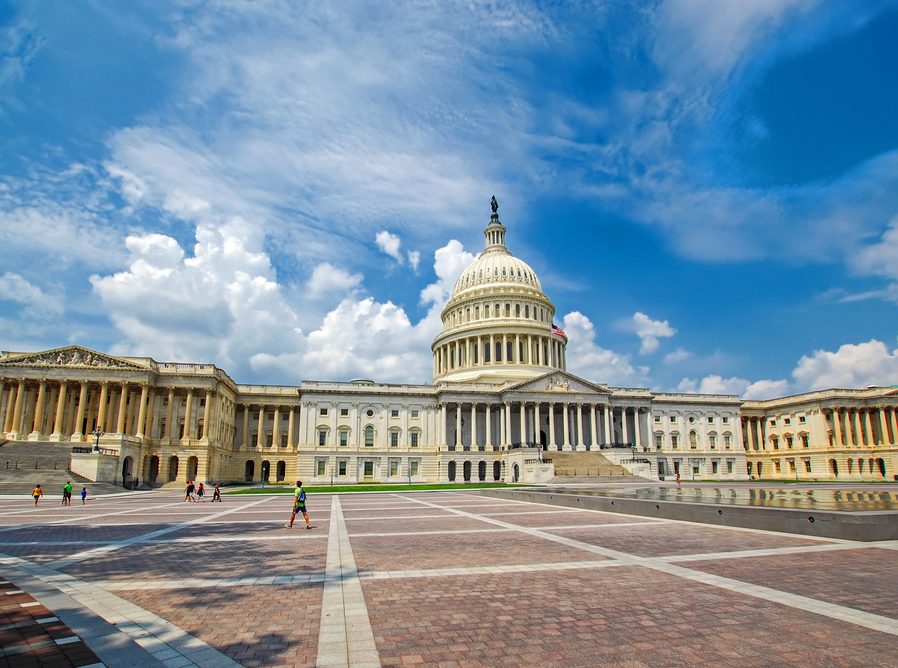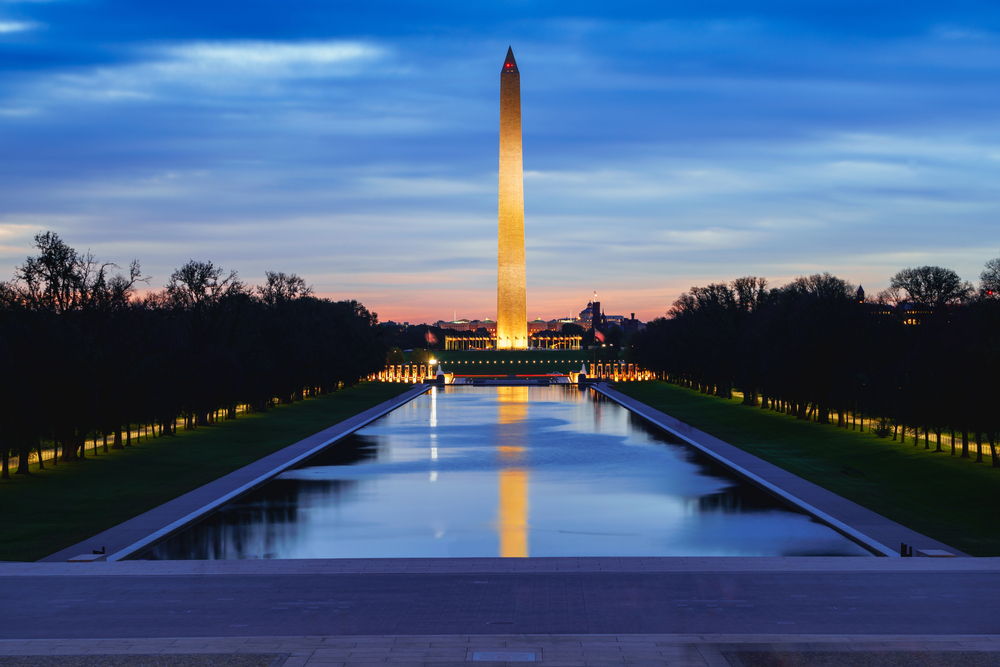Funding Standoff: Government Shutdown Continues

The federal government’s doors remain closed because Congress has yet to agree on a funding deal for the new fiscal year. The government shutdown began on Oct. 1 and both political sides seem to be digging in.
Republicans are advocating for a “clean” continuing resolution (CR) to fund the federal government at levels established three years ago under then-President Joe Biden. In mid-September, the U.S. House of Representatives passed this clean funding deal on a mostly party-line vote, with one Democrat joining all Republicans to vote for it.
However, the U.S. Senate has not been able to advance the CR, which requires 60 votes to clear a procedural hurdle in that chamber. To date, Sens. John Fetterman (D-Pennsylvania) and Catherine Cortez Masto (D-Nevada), and Independent Sen. Angus King (I-Maine) have joined with nearly all Republicans—with the exception of Sen. Rand Paul (R-Kentucky)—to vote to fund the federal government.

Encourage your community to shop local with their local independent agent.
In withholding their support, Senate Democrats are pressing for an extension of increased Affordable Care Act subsidies, which are set to expire Dec. 31. According to the NAIC, without an extension of the enhanced credits, insurers and marketplaces will begin to notify over 20 million consumers in all 50 states of major premium increases.
The current lapse in government funding includes the National Flood Insurance Program (NFIP) authority. The Federal Emergency Management Agency (FEMA), which manages the NFIP, still has authority to ensure payment of valid claims with the funds it has on hand.
The Big “I” will continue to update members through the News & Views e-newsletter on the status of government funding negotiations and their impact on programs such as the NFIP.
Raaed Haddad is Big “I” director of federal government affairs.








